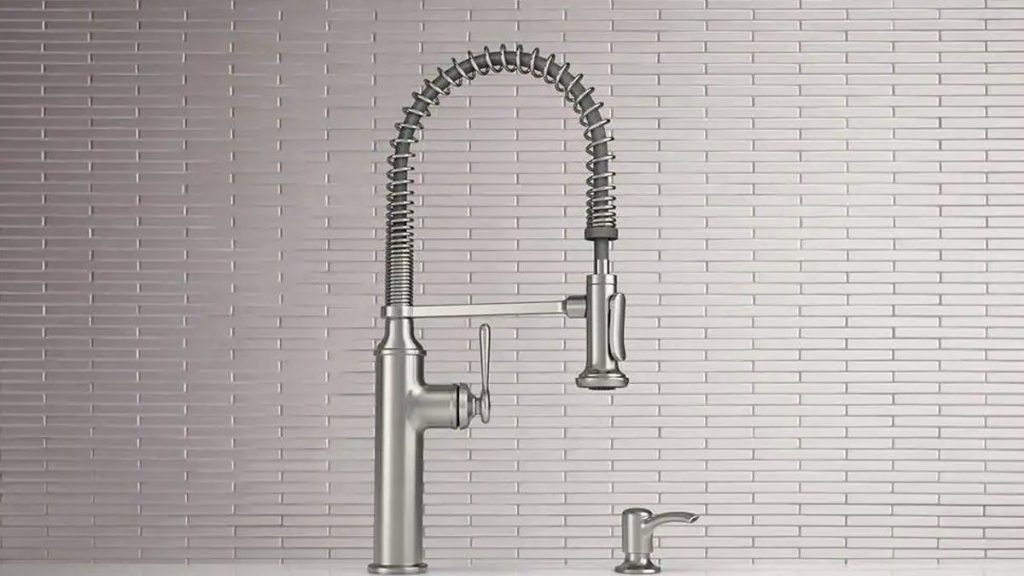When choosing a new kitchen faucet, there are five major components to consider for functionality. The first is mounting, which involves knowing how many holes are available in your sink for installation. The number of handles on the faucet and any additional features like a separate sprayer or soap dispenser all require additional holes, so it’s important to ensure the faucet you choose matches the available holes in your sink. The design and height of the faucet, whether it’s a gooseneck or straight-neck faucet, should also be considered to ensure it fits within your space and provides enough room in the basin for everyday tasks. Reach is another important factor, as the type of spout – pull-down, pull-out, or stationary – will determine how easily the faucet can reach every corner of the sink.
In terms of handles, single-handle faucets are the most common and allow for adjusting the water temperature with just one handle. They are easy to install but can be tricky to adjust to the perfect temperature every time. Double-handle faucets, on the other hand, have separate handles for hot and cold water, providing more control over the temperature but requiring additional installation steps and holes in the sink. Touchless or smart features are often available in single-handle models, adding convenience to the user experience. Additionally, there is a wide variety of kitchen faucet styles and finishes to choose from including nickel, chrome, matte-black, stainless steel, bronze, gold, and pewter. Some finishes even offer spotless or fingerprint-proof properties, making maintenance easier.
When it comes to reach, pull-down faucets are the most common and consist of a sprayer mounted on a hose that can be pulled down from the arched neck. Pull-out faucets, on the other hand, are typically found in models with a lower profile and pull forward from the base rather than down. Stationary spouts, like those in straight-neck faucets, often include a separate sprayer attachment mounted on the side of the sink. Considering the reach of the faucet is essential to ensure it can easily access all areas of the sink for washing dishes or filling up pots. It’s important to choose a faucet style that not only matches your design preferences but also fits within your functional needs in the kitchen.
In terms of finishes, many faucets offer spotless or fingerprint-proof options that provide a brushed metal look rather than a shiny finish. Common finishes include nickel, chrome, matte-black, and stainless steel, with bronze, gold, and pewter as occasional choices. The finish of the faucet can significantly impact the overall aesthetic of the kitchen, so it’s important to choose a finish that complements the design of the space. Additionally, considering the quality and durability of the finish is crucial to ensure the faucet remains looking its best over time. Ultimately, choosing a kitchen faucet involves balancing design preferences with functional needs to find a faucet that enhances both the visual appeal and usability of the kitchen space.












